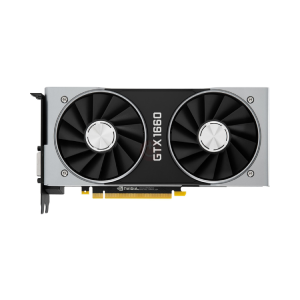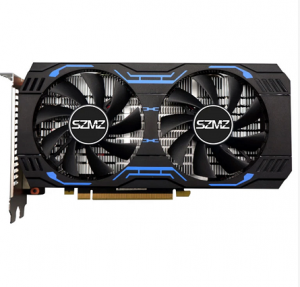For the 3080 and 3090 cards with GDDR6X memory, keeping that cool is basic.
GeForce RTX 3090 Founders Edition: While the quickest card for mining that we tried, we truly don’t care for running this one all day, every day without equipment alterations or genuine tuning. At stock, the fans wind up running at 100% to attempt to keep the GDDR6X underneath 110C, and that is bad.
For our motivations, 1660 ti power consumption mining tuned the card by dropping the GPU center to the greatest permitted – 502MHz set the memory clock to +250MHz, and put as far as possible at 77%. That gave us a GDDR6X temperature of 104C, which is as yet higher than we’d like, and execution stayed at around 106MH/s. Power utilizes likewise dropped to 279W, which is very great considering the hash rate.
GeForce RTX 3080 Founders Edition: Tuning this card was the same as the 3090 FE. It doesn’t care for stock settings, as the GDDR6X gets very hot. Again dropped the GPU center to the greatest permitted (- 502MHz), set the memory clock to +750MHz, and put as far as possible at 70%. That brought about a similar GDDR6X temperature of 104C as the 3090 FE, and execution was just somewhat slower at 93-94MH/s.

Once more, maximizing fan rates and memory clocks while dropping the GPU center tickers and power limit are critical to further developing general hash rates. Modding the card and supplanting the VRAM warm cushions with thicker/better cushions is conceivable and will help cooling and execution. We’d lean toward utilizing an RTX 3080 with better GDDR6X cooling, nonetheless. This brings us to the card that we’ve since eliminated from the diagrams.
The Colorful RTX 3080 Vulcan is an illustration of a 3080 model with preferred VRAM cooling over Nvidia’s reference card, so the memory didn’t get very as hot. Notwithstanding, we observed we accomplished the best outcome by dropping as far as possible to 80-90% and afterward setting the GPU center timekeepers to the base conceivable worth in MSI Afterburner (- 502MHz). Then, at that point, we overclocked the memory by 750MHz base clock, which gave the last speed of 20Gbps (the Ampere cards run at 0.5Gbps beneath their appraised memory speed when mining).
The RTX 3070 and RTX 3060 Ti have a similar 8GB of 14Gbps GDDR6, and as we’ll see with the AMD GPUs, that has all the earmarks of being the restricting component. Our underlying outcomes were poor, as these were the main cards we tried, yet we’ve returned to the settings in the wake of checking out the RX 6000 series.
GeForce RTX 3070 Founders Edition: The primary concern for further developing execution on the 3070 was to support the GDDR6 clock. We had the option to add 1200MHz, giving a 16.4Gbps compelling rate in principle, however, the memory ran at 16Gbps (versus 13.6Gbps at stock settings). That came about in genuine GPU tickers of 960MHz by and large. You’d believe that wouldn’t be adequate, however, helping the GPU clocks up to 1.9GHz brought about a similar exhibition while significantly expanding the measure of force utilized. At 55%, in the meantime, the 3070 is second just to its little kin in by and large productivity.
GeForce RTX 3060 Ti Founders Edition: As with the 3070, we knock the memory accelerate as the primary change to further develop execution The execution was exceptionally near the 3070 while utilizing less power, making this the general victor in productivity.




